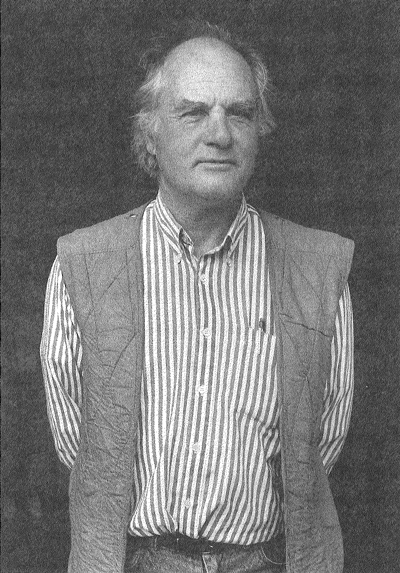Sculptor and graphic artist Carel Visser received the Dr A.H. Heineken Prize for Art 1992 in recognition of his work as a sculptor, a maker of drawings and especially, his graphic work.
He was one of our most wayward artists, whose work refuses to be classified in terms of a style or tendency. Whereas part of this earlier work, in particular, can be referred to as constructivist or geometrically abstract, the greater part of his oeuvre exhibits a structure that is not founded on an abstract concept but is sooner inspired – sometimes very literally – by nature and by visual reality.
The impressions are transformed, incorporated into a form that exists independently of and parallel to that reality. This characteristic applies to his entire oeuvre, despite the seeming oppositions between fairly abstract, constructed sculptures, drawings and graphic work from the fifties and sixties, and the much freer language of forms that Visser uses in later years. Carel Visser’s graphic oeuvre consists almost entirely of woodcuts, always printed on thin Japanese paper, a material that forms a total contrast to his heavy and sizeable sculptures. Nonetheless, he makes his work on paper according to the same principles as the rest of his work. From the beginning on, these display clearly structured arrangements of forms. Initially they were linkings, heapings, reflections and repetitions, all built from a small repertoire of geometric forms.
Later, around 1970, there came a series of austerely geometric woodcuts, which nearly display the systematics of minimal art. But Carel Visser is essentially far removed from that form of abstraction: his work is too rooted in an intense experience of his world for this, too connected to life and to a human scale.
During the course of the seventies, freer, non-geometric forms and arrangements begin to appear in the woodcuts. Also, colours other than the black or yellow of his earlier graphic work make their entrance. And finally, in the 1980s, a new and very productive period arrives. Now the woodcuts are sometimes very large: the forms and compositions – often with a figurative impact – become increasingly free and active, while the colour takes on a more and more pronounced presence. It seems as though this new development has yet to reach its end for some lime.
The graphic oeuvre of Carel Visser can be regarded as the light-footed essence of this work, the simplest and clearest expression of that which inspires him as an artist. Simplicity and clarity are not qualities that come easily. Nor are they qualities that gain much esteem in these times. But they are pre-eminently characteristic of Carel Visser’s graphic oeuvre.
Biography
Carel Visser was born in the Dutch town of Papendrecht in 1928. After studying architecture at the Technical University, Delft, between 1948 and 1949, he went on to the Royal Academy of Art in The Hague from 1949 until 1951. Though Visser has been known primarily as a sculptor since the early 1950s, he has also received national and international recognition for his graphic art.
Carel Visser passed away in March 2015.
